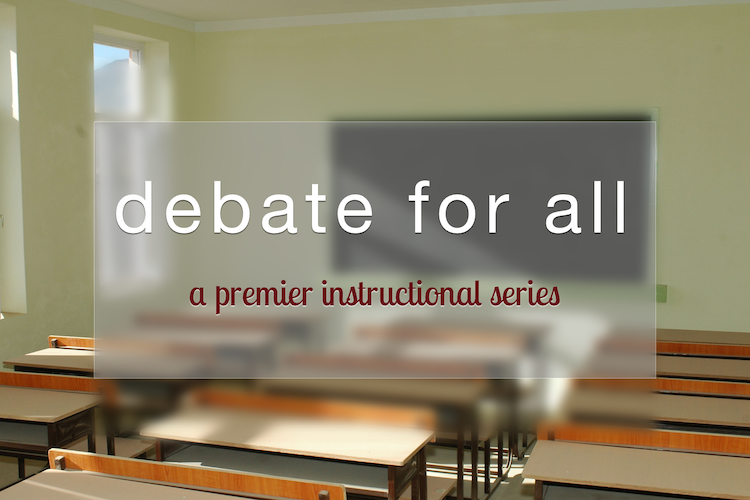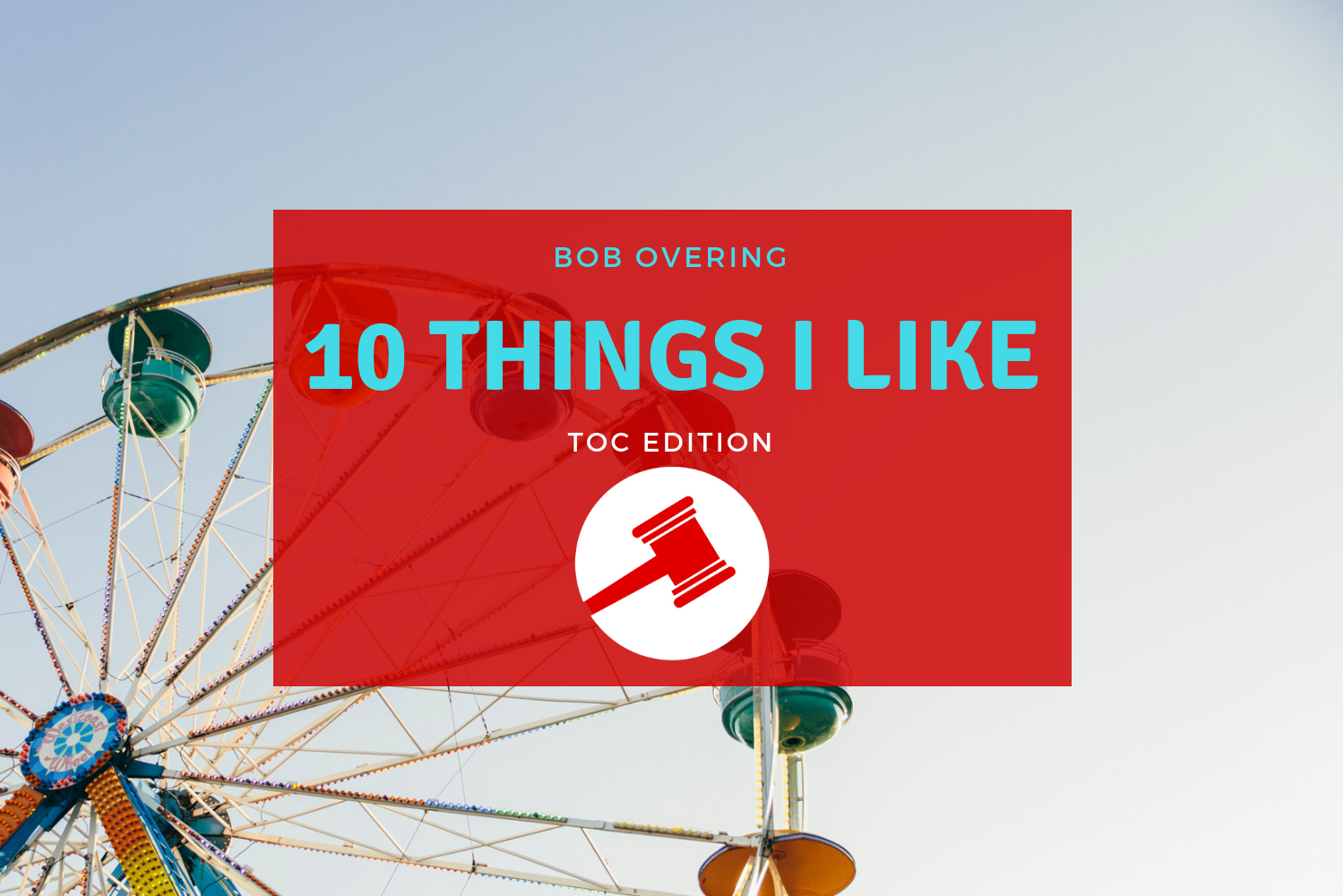Debate for All: How to Overview and 5 Reasons You Should

Debate for All: Overviews
by Bob Overing
In every writing class or public speaking class, students learn to provide introductory statements that lay out their thesis and the organization of their main points. This is not just for convention’s sake. It’s important to prepare the audience and let them know where you’re headed so they see that your body of evidence proves a larger argument. So why don’t more debaters give good overviews?
Why Give Overviews
A good overview in LD means using the first 5-20 seconds of the 2NR and 2AR to clarify the round to the judge. The depth and complexity of the overview will vary from round to round, and we’ll get to that more below. First, why should you give overviews?
- In prep time, if you spend a few seconds at the beginning writing an overview, you have a plan going into the rest of your prep. The overview forces you to parse the round and identify what’s most significant on each layer of the debate.
- If you start your speech by ranking the issues, your time allocation will improve because you’ll have each flow’s significance fresh in your mind. If you think theory is most important, you won’t leave just a minute at the bottom of the 2NR for it; you’ll make sure you do what you need to win it.
- The overview primes the judge for what’s to come much like an introduction and thesis in a written essay. The judge will better understand your argumentation if they know how it fits into a cohesive narrative.
- LD debates can get complicated, for instance, when there’s theory, a kritik, an NC framework, etc. Overviews communicate your layering strategy to the judge, which might not be clear otherwise. Often, debaters get so wrapped up in winning the kritik, for example, that they forget to explain whether it comes first or whether the case turns are more important. Do this work in the overview.
- Judges can be bad, distracted, and tired. The overview should be so simple and efficient that the judge can grasp the main issues in the debate even if they lost track. We’d like to think all our judges are flowing-deciding machines, but they aren’t. If they flow poorly or just weren’t having a good day, the overview gets them back on track.
How To
So, how do you give a good overview? The formula I’m about to impart on you was given to me by one of the wise men and women who influenced me as a high school debater. Learn it, apply it, memorize it, and use it in every one of your debate rounds from now on:
Overview Formula — I win X because Y, which comes first because Z
X is the particular flow, such as “the AC,” “theory,” or “the kritik”
Y is the particular argument on that flow that most contributes to you winning it, such as a weighing argument, an important function, or a really good card.
Z is the reason that flow is the most important flow in the debate.
You can repeat the formula for each voting issue. Here’s an example for a 2NR where the neg wants to go for topicality and a case turn:
Example 2NR Overview — I win topicality because they dropped that limits outweighs all other standards, and T comes first because it’s drop the debater, so nothing else matters. I also win on the aff because my Johnson card has better empirical warrants, which comes first since I’m not going for the NC framework – turning the advantage is sufficient to negate.
You might deviate from the formula, and that’s okay, but the important part is to balance broad and narrow commentary on the round while explaining your various “outs” or routes to the ballot. Saying something like,
I’m winning on theory
is far too broad and unhelpful. On the other hand, an overview like,
I’m winning on theory because I’ve won competing interpretations and have offense on ground, which outweighs their predictability argument because while my interpretation is slightly unpredictable, it’s far better for ground because it allows both sides ample access to the topic literature, which is also an internal link to predictability
is obviously far too detailed to the point of redundancy because you’re going to make those same arguments a minute or two later. You want to strike a balance, and the formula helps you do that.
Drills
To drill on overviews, you should take some rounds you’ve been in and provide better overviews for the 2NR and the 2AR. Try to be efficient, (pretend) make eye contact with your judge, and go slow. The overview needs to be practiced at conversational speed. Just like any other speech, you start slow, and you speed up. It might seem cool and fun to start in the middle of the line-by-line as fast as you can, but you’ll lose your judge just as much as your opponent, and that’s not where you want to be.
Lastly, I’ll leave you with some choice words from an old sage:
“An overview is literally a view of the over” – Ashan K. Peiris, January 2010
Bob Overing | Director
Bob is a director of Premier, coach for Loyola in Los Angeles, and debater for the USC Trojan Debate Squad. As a senior in high school, he was ranked #1, earned 11 bids and took 2nd at TOC. In college, he cleared at CEDA and qualified to the NDT. His students have earned 51 career bids, reached TOC finals, and won many championships.





1 Comment
T H E C O A C H S P E A K S